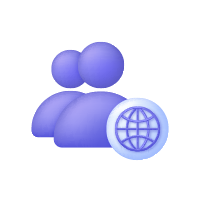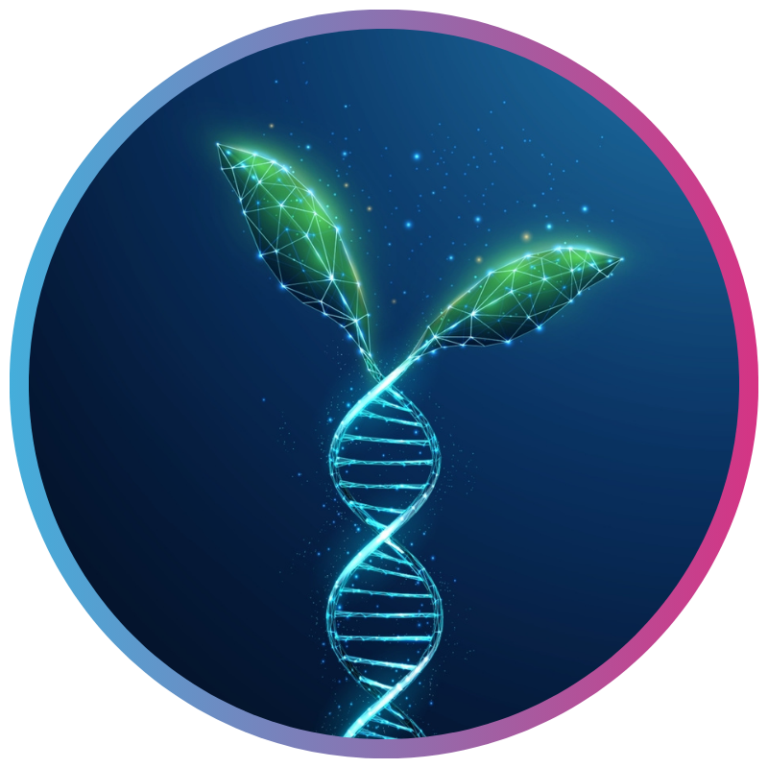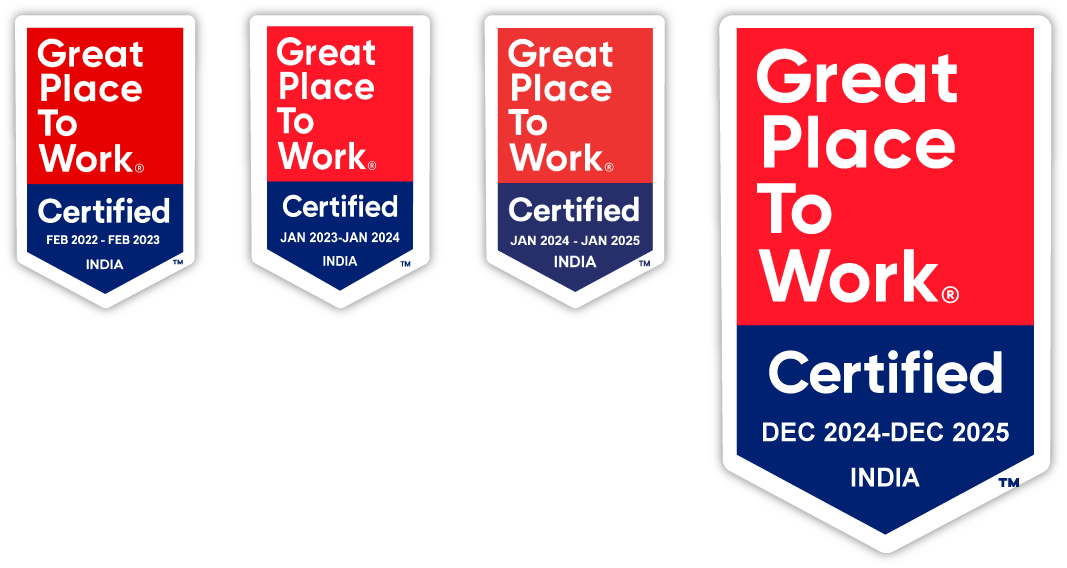Overview
A top-tier plant breeding company in Germany partnered with us to overcome challenges in identifying interspecific gene introgressions. Previous studies lacked the resolution needed for accurate marker development. By implementing hybrid de novo genome assemblies and comparative genomic analysis, we precisely identified a distinct introgression locus. This enabled the creation of introgression-specific genetic markers, significantly improving marker accuracy and reducing development timelines. The solution accelerated trait introgression, enhanced breeding efficiency, and led to faster development of resilient crop varieties. Our approach marked a transformative step in the use of high-resolution genomics for modern plant breeding programs.

Our client
The client is a prominent entity in the agricultural sector, specializing in plant breeding. Based in Germany, they focus on developing superior crop varieties through advanced genetic selection techniques.

Client’s challenge
A leading plant breeding company in Germany sought to enhance their genetic selection processes by developing precise genetic markers for interspecific gene introgressions. Previous analyses by a competitor had identified 25 large candidate regions across the genome, but these lacked the resolution necessary for effective marker development.

Client’s goals
The client aimed to achieve a more detailed genomic characterization to improve the accuracy and efficiency of their breeding programs.
Our approach
To address the client’s challenges, we implemented a comprehensive genomic analysis strategy:
Hybrid De Novo Genome Assemblies
We utilized both short-read and long-read sequencing data to construct highly accurate and contiguous genome assemblies. This approach prov.ided enhanced structural resolution, essential for identifying specific introgressed regions.
Comparative Genome Analysis
Leveraging the assembled genomes, we conducted thorough analyses to detect sequence and structural variations. This process enabled the identification of large-scale structural changes, such as insertions, deletions, and translocations, which were not detected in prior studies.
Our solution
Through our advanced genomic analysis, we achieved the following outcomes:
Precise identification of introgression locus
We pinpointed a single, well-defined introgression locus exhibiting significant structural variation. This high-resolution identification was crucial for the subsequent development of specific genetic markers.
Development of introgression-specific genetic markers
Utilizing the detailed genomic information, we developed genetic markers tailored to the identified introgression. These markers enabled precise selection within the client’s breeding programs, significantly enhancing the efficiency and accuracy of developing superior crop varieties.

Conclusion
Our high-resolution genomic analysis enabled the identification of a single, structurally distinct introgression locus, leading to the development of highly specific genetic markers. This advancement improved marker accuracy by over 80% compared to previous efforts, reduced false positives in selection workflows, and cut marker development timelines by 50%. As a result, the client accelerated trait introgression in their breeding pipeline, enhancing selection efficiency and enabling faster development of high-performing, stress-resilient crop varieties.

